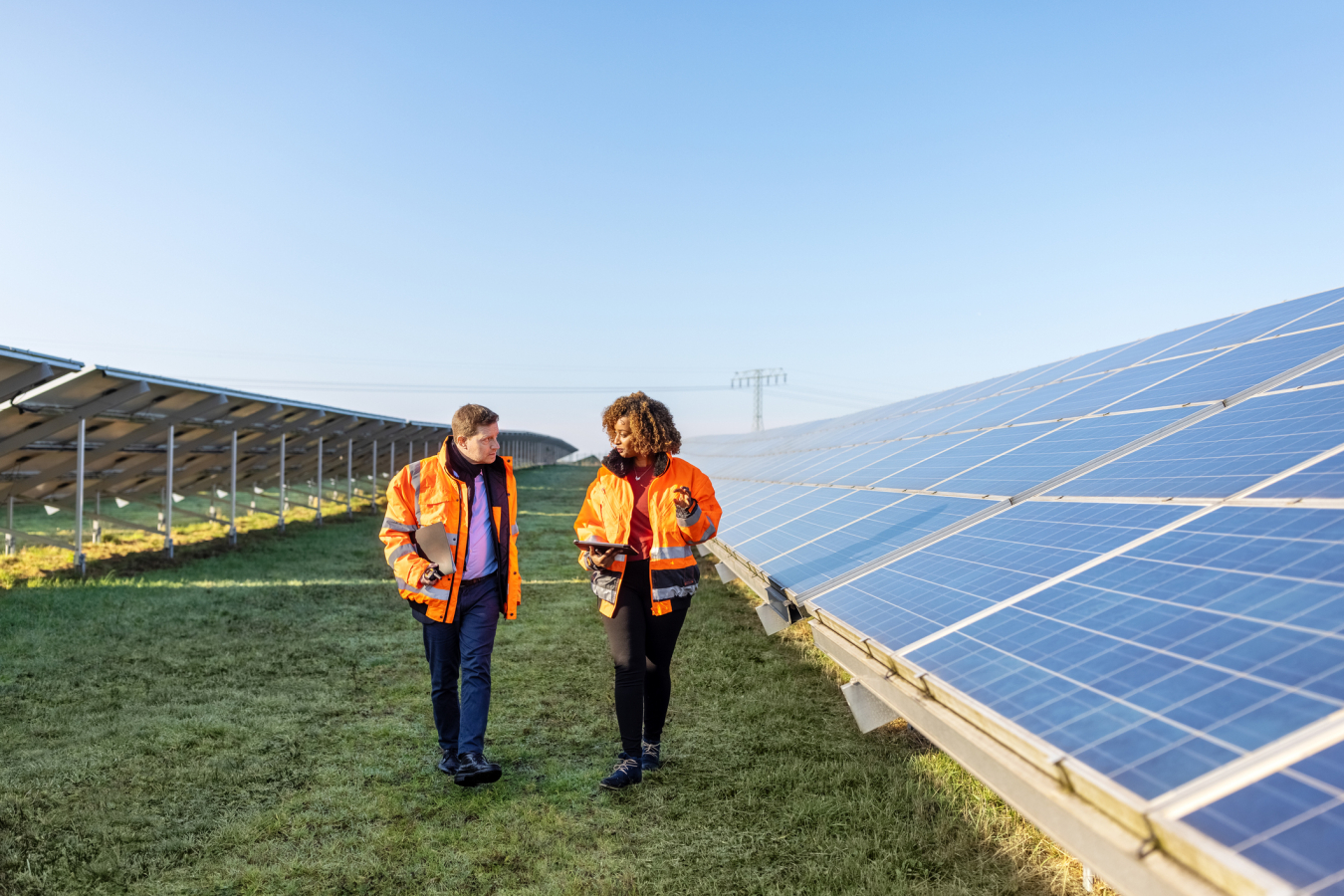The passage of the Bipartisan Infrastructure Law of 2021 (BIL) and Inflation Reduction Act of 2022 (IRA) together represent historic investments in modernizing the U.S. energy system. Additional policies since 2022 have enabled further advancements.
January 13, 2025The passage of the Bipartisan Infrastructure Law of 2021 (BIL) and Inflation Reduction Act of 2022 (IRA) together represent historic investments in modernizing the U.S. energy system. Since then, critical additional federal policies and measures have been enacted that are poised to get the United States even closer to its emissions reduction goals. Among these policies are Environmental Protection Agency (EPA) GHG emissions standards for fossil fuel-fired power plants, EPA GHG standards for light-, medium-, and heavy-duty vehicles, updated National Highway Traffic Safety Administration (NHTSA) Corporate Average Fuel Economy (CAFE) standards for cars and light trucks and fuel efficiency standards for heavy duty pickup trucks and vans, and updated DOE efficiency standards for appliances and equipment. There have also been several new state policies, including clean electricity standards (CES) in Minnesota and Michigan, clean fuel standards in Washington, and energy storage targets in Maryland.
This report builds on the U.S. Department of Energy’s 2023 Investing in American Energy - its first comprehensive assessment of economy-wide impacts of BIL and IRA - with updated modeling that includes the impacts of many of these new federal and state policies on the future of the U.S. energy system. Key findings include:
- The U.S. is now on the road to significantly higher and sustained clean vehicle sales in the 2030s, including 33 - 39x higher clean freight vehicle sales in 2035 compared to last year’s projections.
- New appliance standards are poised to save energy, lower bills, and increase comfort in American households. Energy intensity in residential buildings is projected to decline 16 - 18% overall between 2020 and 2035.
- The share of clean electricity generation is poised to increase significantly. Clean generation is projected to reach 71 - 79% in 2030 and 79 - 88% in 2035, compared to about 40% today.
- Energy-related CO2 emissions in the industrial sector are projected to decline 28 - 38% below 2005 levels in 2030 and 28 - 41% below 2005 levels in 2035.
The report also explains how extending and enhancing policies can unlock additional benefits and further progress toward U.S. climate commitments. Read the report here.


